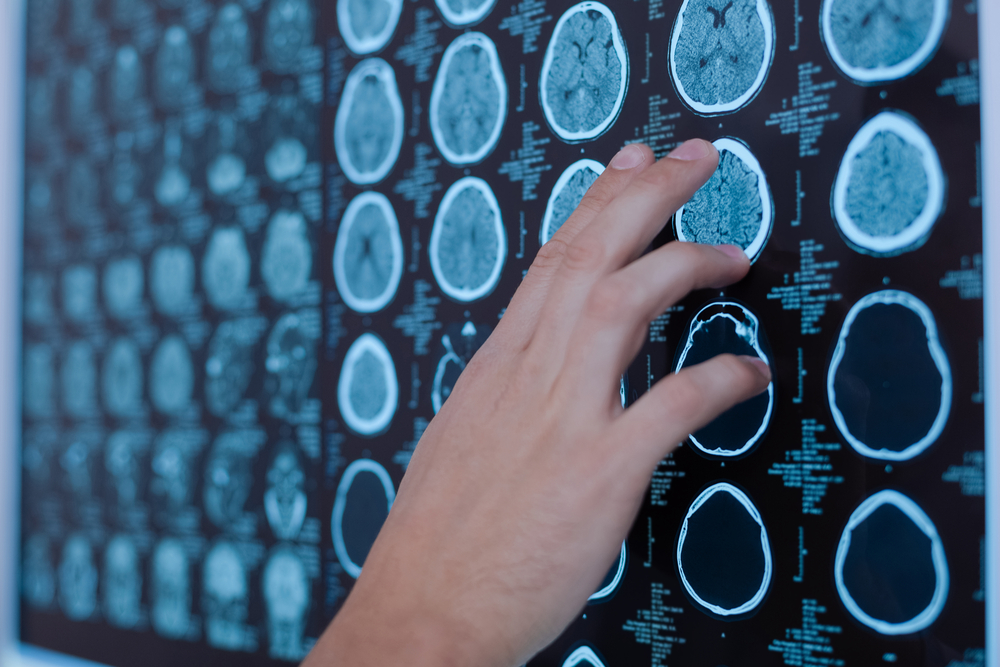New Study Reveals Two Genes Associated with High Risk for ALS

Genetic mutations in two previously unrecognized genes, the microtubule-associated protein tau (MAPT) and BNIP1 genes, are associated with elevated risk for amyotrophic lateral sclerosis (ALS).
The study with that finding “Selective genetic overlap between amyotrophic lateral sclerosis and diseases of the frontotemporal dementia spectrum,” was published in the journal JAMA Neurology.
As seen in other neurodegenerative diseases, abnormal accumulation of toxic proteins seems to play a role in ALS onset and progression. However, researchers are still deciphering the molecular mechanisms associated with disease progression.
In this large retrospective study, Rahul Desikan, MD, PhD, assistant professor at the UC San Francisco Department of Radiology and Biomedical Imaging, and Celeste Karch, PhD, assistant professor at the Department of Psychiatry at Washington University in St Louis, Missouri, were interested in identifying genetic mutations associated with elevated risk of different neurodegenerative diseases.
Assessing the link between the genetic mutations and the molecular and cellular processes affected by these mutations would shed a light on how the diseases arise and progress and how they might be treated.
The study involved data from previous genome-wide association studies that included genetic data from 124,876 individuals of European ancestry. The study included healthy individuals, as well as patients with different neurodegenerative diseases, such as ALS, Alzheimer’s, Parkinson’s, frontotemporal dementia (FTD), corticobasal degeneration, and progressive supranuclear palsy (PSP).
Researchers found specific mutations in the genes that code for MAPT, also known as tau protein, and BNIP1, which were associated with elevated risk for ALS.
Different mutations in tau protein previously were associated with other neurodegenerative diseases, such as Alzheimer’s. However, the specific mutation identified in this study was associated only with ALS, and not with the other diseases included in the study.
The other major finding was the specific mutation in the BNIP1 gene that is associated with both ALS and FTD. BNIP1 is required for the normal function and development of neurons. Diminished levels of this protein have been measured in the spinal cords of ALS patients after death, as well as in the brains of patients with FTD and PSP.
Researchers found that one of the newly identified ALS-associated genetic mutations also is a risk factor for FTD, which typically weakens a different set of brain functions.
“In this study we found that ALS is closely related genetically to frontotemporal dementia, but not to any of the other common neurodegenerative diseases, like Alzheimer’s or Parkinson’s,” Desikan said in a press release.
Genetic mutations that modestly elevate risk for ALS were identified with more than two dozen different genes. Non-genetic risks, such as environment, also are believed to play a role.
According to Desikan, additional large genetic studies are required to illuminate how subtly different neurodegenerative processes arise in association with different mutations, including mutations that differ only slightly from one another.
“I think this kind of big-data approach can point us in the right direction on where to start for better understanding ALS, which remains poorly understood,” he concluded.






